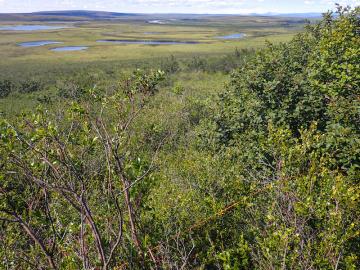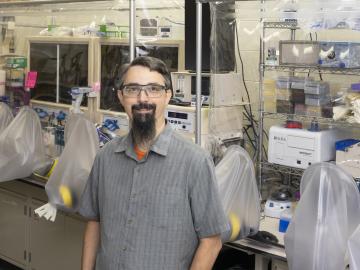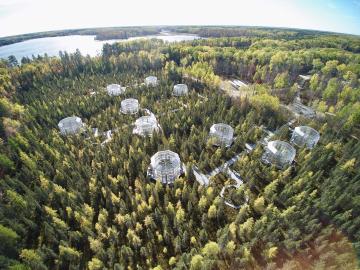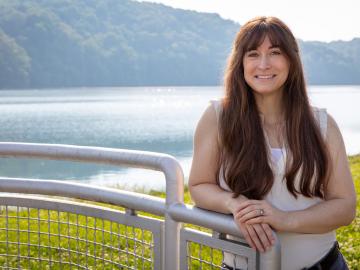
Filter News
Area of Research
- (-) Biology and Environment (99)
- Advanced Manufacturing (24)
- Biological Systems (1)
- Biology and Soft Matter (1)
- Building Technologies (3)
- Computational Biology (2)
- Computational Engineering (3)
- Computer Science (7)
- Electricity and Smart Grid (3)
- Energy Science (194)
- Energy Sciences (1)
- Fuel Cycle Science and Technology (1)
- Functional Materials for Energy (1)
- Fusion and Fission (31)
- Fusion Energy (11)
- Isotope Development and Production (1)
- Isotopes (10)
- Materials (94)
- Materials for Computing (12)
- Mathematics (1)
- National Security (32)
- Neutron Science (125)
- Nuclear Science and Technology (42)
- Nuclear Systems Modeling, Simulation and Validation (1)
- Quantum information Science (2)
- Sensors and Controls (1)
- Supercomputing (63)
News Topics
- (-) 3-D Printing/Advanced Manufacturing (11)
- (-) Biomedical (16)
- (-) Clean Water (11)
- (-) Composites (5)
- (-) Grid (3)
- (-) Machine Learning (9)
- (-) Neutron Science (4)
- (-) Nuclear Energy (1)
- Advanced Reactors (1)
- Artificial Intelligence (9)
- Big Data (10)
- Bioenergy (46)
- Biology (74)
- Biotechnology (14)
- Buildings (2)
- Chemical Sciences (12)
- Computer Science (19)
- Coronavirus (13)
- Critical Materials (1)
- Cybersecurity (1)
- Energy Storage (7)
- Environment (91)
- Exascale Computing (4)
- Frontier (3)
- Fusion (1)
- High-Performance Computing (20)
- Hydropower (8)
- Isotopes (2)
- Materials (12)
- Materials Science (6)
- Mathematics (4)
- Mercury (7)
- Microscopy (10)
- Molten Salt (1)
- Nanotechnology (7)
- National Security (3)
- Partnerships (6)
- Physics (2)
- Polymers (2)
- Security (2)
- Simulation (15)
- Summit (10)
- Transportation (3)
Media Contacts

Moving to landlocked Tennessee isn’t an obvious choice for most scientists with new doctorate degrees in coastal oceanography.

Scientists at Oak Ridge National Laboratory added new plant data to a computer model that simulates Arctic ecosystems, enabling it to better predict how vegetation in rapidly warming northern environments may respond to climate change.

As a metabolic engineer at Oak Ridge National Laboratory, Adam Guss modifies microbes to perform the diverse processes needed to make sustainable biofuels and bioproducts.

Scientists at ORNL and the University of Wisconsin–Madison have discovered that genetically distinct populations within the same species of fungi can produce unique mixes of secondary metabolites, which are organic compounds with applications in

Scientists studying a unique whole-ecosystem warming experiment in the Minnesota peatlands found that microorganisms are increasing methane production faster than carbon dioxide production.

The Department of Energy’s Office of Science has selected five Oak Ridge National Laboratory scientists for Early Career Research Program awards.

Carly Hansen, a water resources engineer at Oak Ridge National Laboratory, is rethinking what’s possible for hydropower in the United States.

Belinda Akpa is a chemical engineer with a talent for tackling big challenges and fostering inclusivity and diversity in the next generation of scientists.

Rich Giannone uses bioanalytical mass spectrometry to examine proteins, the primary driver in biological systems.

The Accelerating Therapeutics for Opportunities in Medicine , or ATOM, consortium today announced the U.S. Department of Energy’s Oak Ridge, Argonne and Brookhaven national laboratories are joining the consortium to further develop ATOM’s artificial intelligence, or AI-driven, drug discovery platform.


